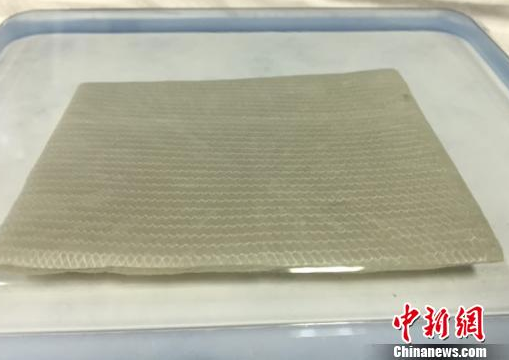Filling in printing is to make the paper obtain certain properties such as whiteness, opacity, smoothness, etc. At the same time, the addition of filler makes the internal voids of the paper smaller and thinner, thereby increasing the ink absorption of the paper and making the ink absorption variable. uniform. The most common fillers for printing paper are inorganic fillers, talc, clay, titanium dioxide, and calcium carbonate. Among them, titanium dioxide is an expensive and high-quality filler; organic synthetic fillers are some high-molecular substances.
The effect of filler on paper strength. The combination of fibers is the basis of paper strength. The addition of fillers reduces the bond between the fibers. Therefore, adding a large amount of fillers will significantly reduce the strength of the paper, so the use of fillers is limited.
Effect of filler on paper opacity. Unfilled paper consists of fibers and air. Air exists in the pores between the fibers. Due to the difference in the refractive index between the fibers and the air, light is scattered at the interface between the filler and the air, resulting in increased opacity.
The effect of fillers on the properties of printed paper. The addition of fillers to printing paper can improve the printability of the paper, such as increased paper whiteness, smoothness, opacity, and stiffness. Improve the affinity, softness and stability of the paper to the ink, thus contributing to the improvement of print quality
The effect of filler on the bulk of the paper. The density of the paper fiber is about 1 g/cm3, and the density of the filler is mostly 2.5-3.0 g/cm3. Therefore, the addition of filler will reduce the bulk of the paper. However, when the amount of filler added is small, the bulk increases with the increase in the amount of filler, and the short fiber paper is particularly noticeable.









